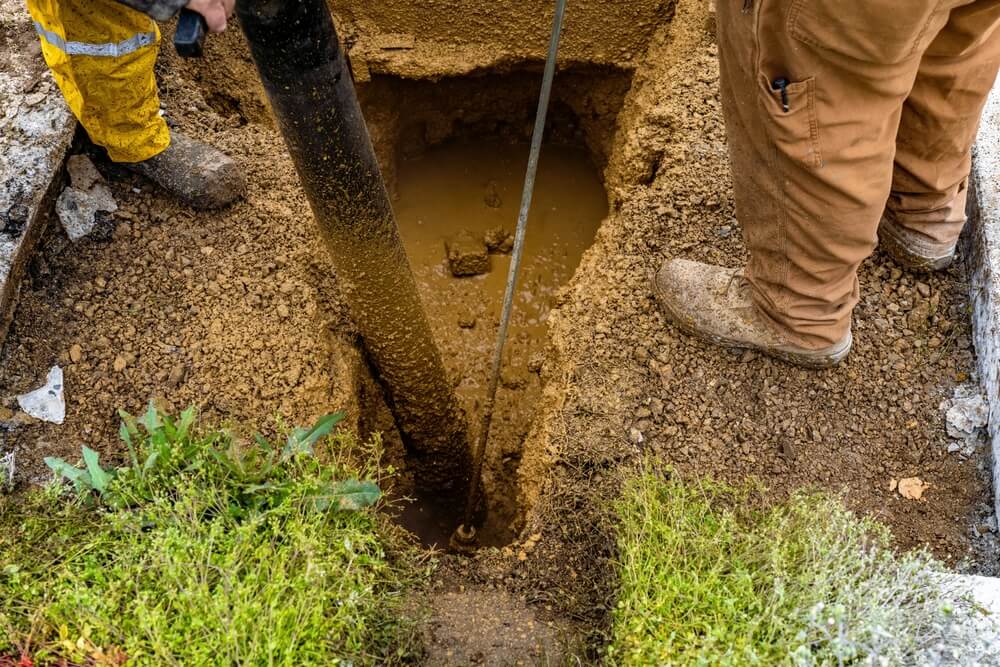Exploring the Different Applications of Hydro Vacuum Excavation

Hydro vacuum excavation, also known as hydro excavation or vacuum excavation, is a non-destructive method used to safely and efficiently excavate soil and locate underground utilities. This technology has revolutionised the construction and excavation industries, offering a range of applications that make it an invaluable tool for various projects. In this blog, we’ll explore the different applications of hydro vacuum excavation and how it can benefit your project.
Utility Locating and Exposure
One of the primary applications of hydro vacuum excavation is utility locating and exposure. This method is used to precisely locate underground utilities such as water pipes, gas lines, and electrical cables without the risk of damage. By using pressurised water and a vacuum system, hydro excavation can safely expose utilities for repair, maintenance, or installation purposes.
Trenching and Slot Excavation
Hydro vacuum excavation is also used for trenching and slot excavation. This method allows for the precise excavation of narrow trenches or slots, making it ideal for projects that require the installation of cables, pipes, or conduits in tight spaces. Hydro excavation can create trenches of varying depths and widths, making it a versatile solution for various applications.
Debris Removal and Cleanup
Hydro vacuum excavation is an effective method for debris removal and cleanup on construction sites. The vacuum system can quickly and efficiently remove soil, rocks, and other debris from the excavation area, reducing the need for manual labour and speeding up the cleanup process. This can help improve overall project efficiency and safety.
Potholing and Test Holing
Potholing and test holing are common applications of hydro vacuum excavation in the construction industry. Potholing involves creating small, precisely excavated holes to locate underground utilities or assess soil conditions. Test holing is used to determine the depth and location of existing utilities before excavation or construction begins. Hydro excavation is ideal for these applications as it allows for precise and non-destructive digging.
Tree and Landscape Preservation
Hydro vacuum excavation is also used for tree and landscape preservation. When digging near trees or sensitive landscapes, traditional excavation methods can cause damage to roots and soil structure. Hydro excavation, on the other hand, is non-invasive and can be used to safely dig near trees without causing harm. This makes it an ideal choice for projects where tree and landscape preservation are priorities.
Cold Weather Excavation
In cold weather conditions, traditional excavation methods can be challenging and inefficient. Hydro vacuum excavation, however, is not affected by cold weather and can be used year-round. The pressurised water used in hydro excavation can easily break through frozen ground, making it an ideal solution for projects in cold climates.
Hydro vacuum excavation is a versatile and efficient method that offers a wide range of applications in the construction and excavation industries. From utility locating and exposure to trenching and debris removal, hydro excavation can benefit a variety of projects by providing safe, precise, and non-destructive excavation solutions. If you’re planning a construction project or need to locate underground utilities, consider using hydro vacuum excavation for a safe and efficient excavation process.
Victoria Division
- Monday - Sunday: 24 Hours
